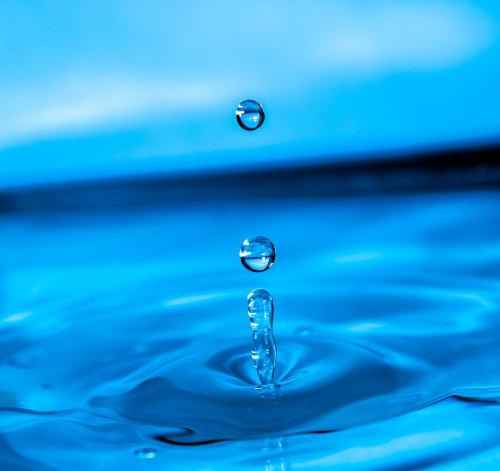
The results of this research could lead to betters ways of treating biofouling on membranes, an issue which is estimated to cost the worldwide industry US$15 billion each year.
PhD student Veena Nagaraj examined the bacteria living on the membranes on 14 reverse osmosis units in the Perth seawater desalination plant in Rockingham after seven years of operation and compared them to the unused units waiting in the plant for installation. She found a marked difference between the bacterial communities of the biofouled and the unused.
“The bacteria are of course both subsets of the species present in the local seawater but they are quite different from each other," she says. "Before reaching these reverse osmosis membranes, the water has already gone through sand filtration, micro-filtration and chemical treatment to try to remove the bacteria.”
“The units with these membranes are a pretty harsh environment with intense pressure, high salt concentration, high shear forces and a low level of nutrients. My study showed that although this pre-treatment wiped out lots of the contaminating bacteria, this just cleared away the competition for a few species to thrive in this environment.”
Nagaraj found that there were a few groups of Proteobacteria which had the characteristics to help them to start the biofouling community on the membrane.
“These groups have a special adhesive structure that helps them attach to the membrane and they exude a slime that acts as a form of superglue,” she said. “After this, there is a number of species that can work as secondary colonisers to build up the community. Together they can protect each other from the harsh conditions.”
Based on these findings, she has started to examine better treatment options for the biofouling.
“It is very important for environmental engineers to understand the bacterial life of local seawater when building a desalination plant," she added. “This work will help us to design better ways to target the most problematic bacteria in biofouling systems and will have significant implications for the industry worldwide.”
According to Murdoch University, Nagaraj is among the first researchers to examine the entire biofouling system of a desalination plant after completion of the operational life-span, with previous studies being conducted in laboratories, side streams or over shorter durations in full-scale plants. This is the first study to examine the bacterial communities present on the unused membranes. The research has been published in a Nature Research Journal, npj Biofilms and Microbiomes.



